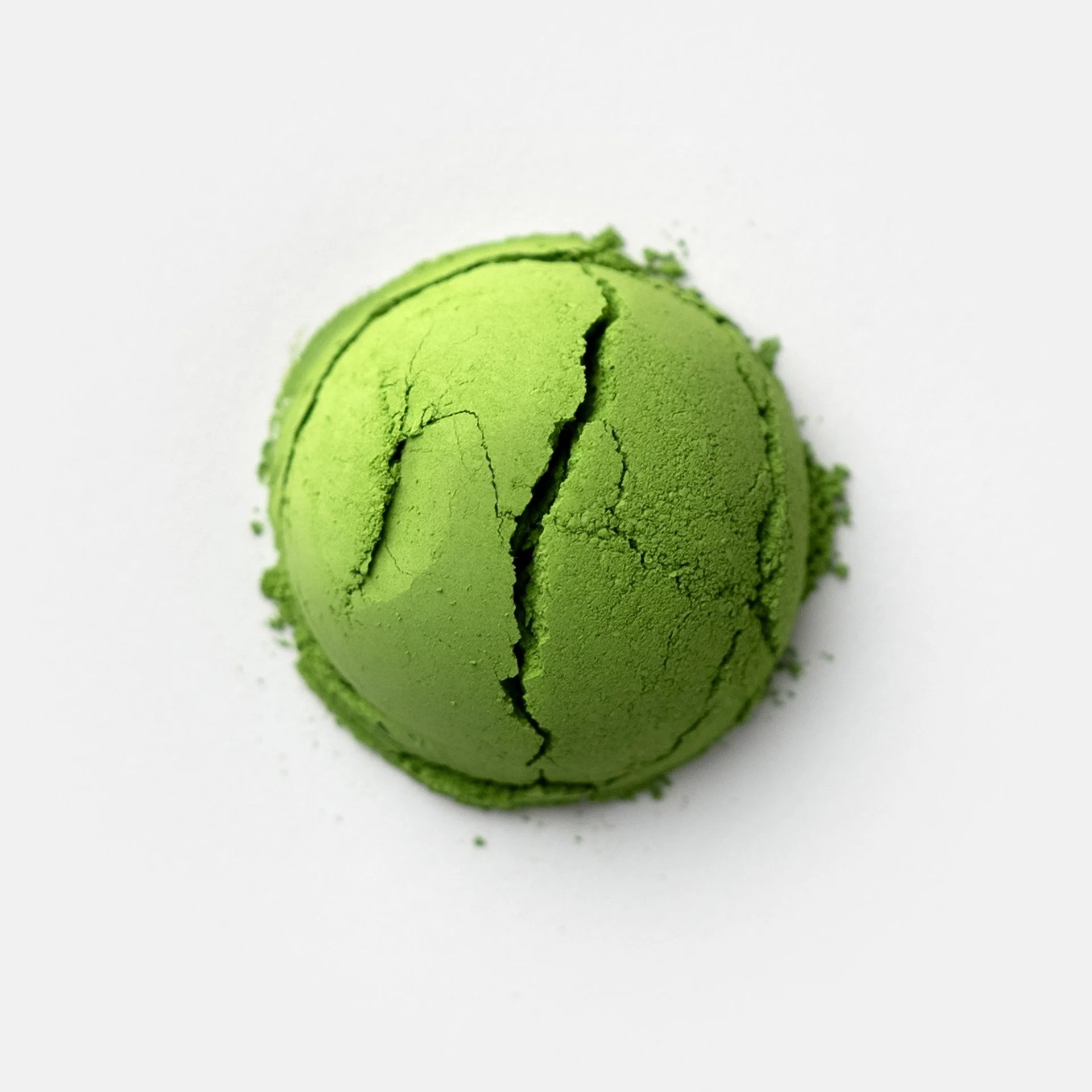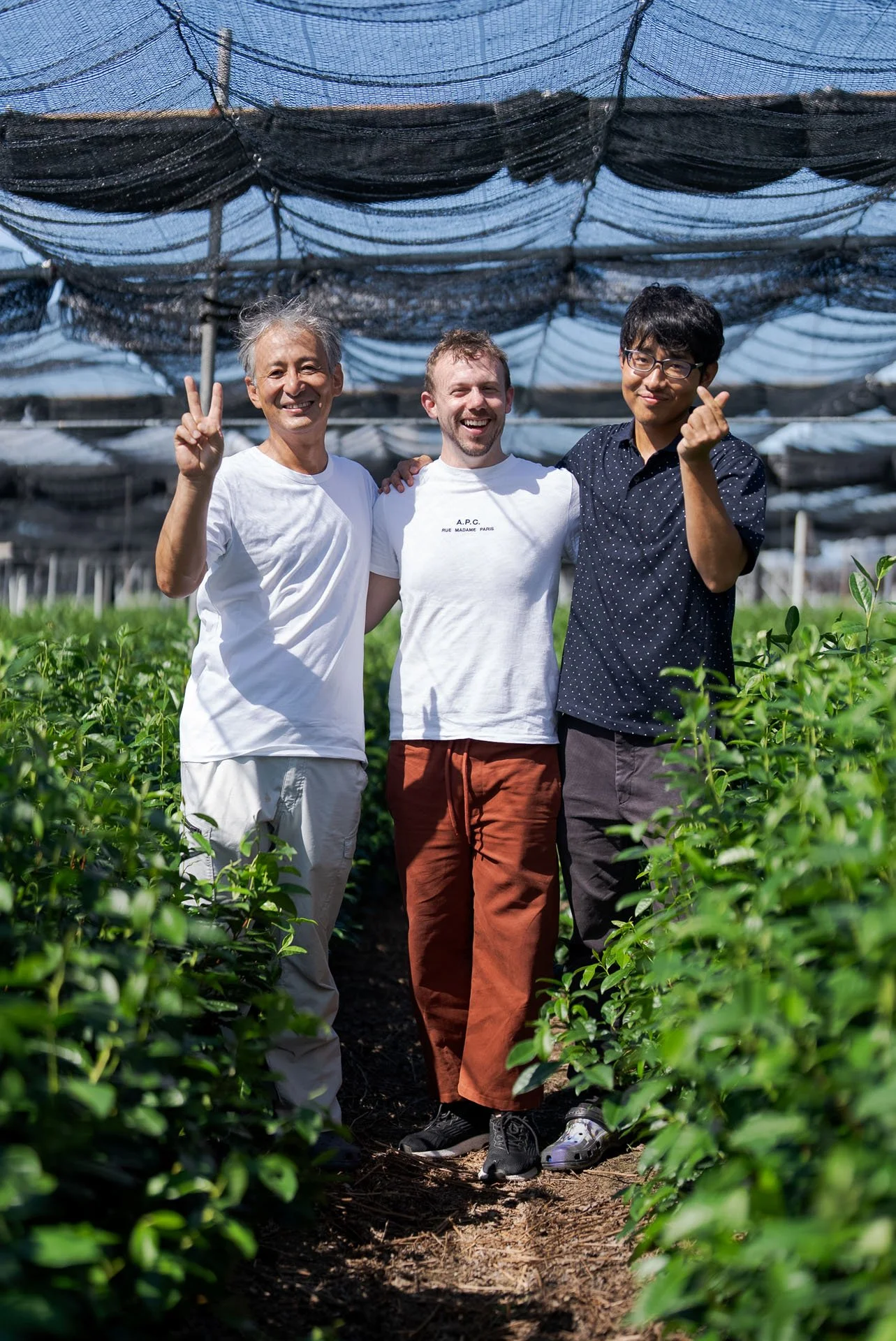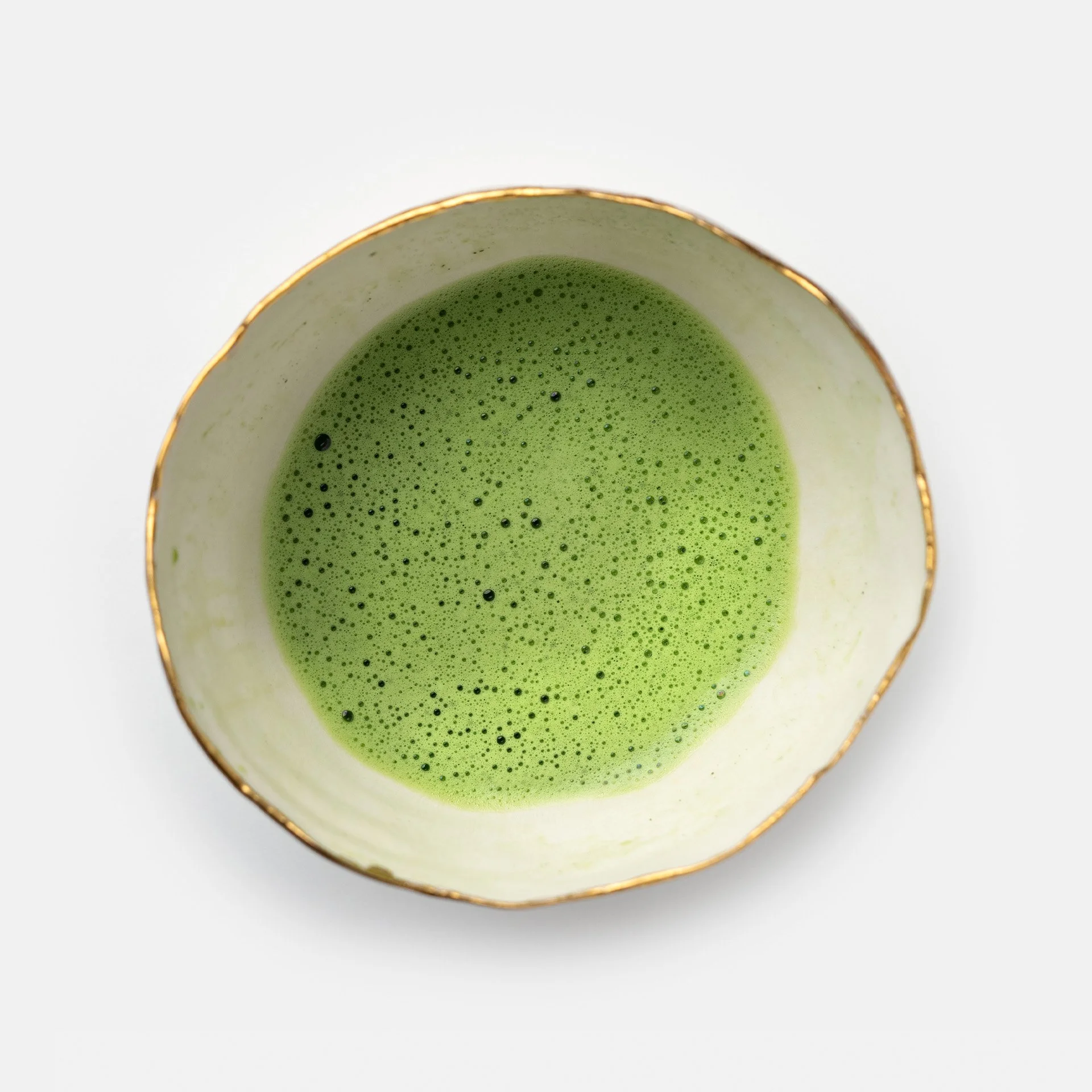MMC 10/23: Sakataさん Samidori (さみどり) Hamadai (浜台) Uji Matcha
Matcha Mill Club is our monthly Matcha membership, where we stone-mill a new single-cultivar Matcha and ship it out within 24 hours of milling every month. This article details the Matcha we shipped for October 2023!
Dear reader,
Autumn has arrived. While colors may shift to oranges and red, Matcha remains green reminding us of the spring to come after the frigid winter. Please join Ooika for our live tasting of this month’s Matcha below.
October kuradashi
October is a notable month for Matcha lovers. In the past, tea companies would seal unground Matcha (known as Tencha) in special jars. These tea-filled jars would be placed in special food-storage warehouses known as kura, where they would be aged.
In October, the jars would be removed from the kura, unsealed, ground fresh into Matcha, and consumed. This would be the first Matcha of the year, mellowed and enhanced over the 6-month aging period.
Properly Aging Matcha
In old times, the Kuradashi Matcha was stored in imperfect conditions. The jars were not air-tight, there were fluxations in temperature, moisture, and other conditions. Thus after just 6 months, there would be a noticeable difference between the fresh Matcha (known as Shincha) and the aged Matcha (known as Kuradashi.)
Today, tea companies handle their tea very differently. Tea is sealed in air-tight, vacuum-sealed bags, and kept perfectly temperature stable in cool, dark refrigerators. The aging process requires some oxygen, and thus today’s perfect storage conditions mean that a much longer aging is required to accomplish a proper aging.
Perfect aging creates imperfect kuradashi, while imperfect aging creates perfect kuradashi.
The venerable Sakataさん shares his Tencha and Matcha with Ooika from his home in Uji, Kyoto.
The older “imperfect” kuradashi would be ready by October (6 months), while today to get the same “finish” on your kuradashi, 1-3 years would be required. Even so, this “young” kuradashi is still made available by many tea companies in October out of tradition—though one may argue that the aging process is not deep enough yet.
Some companies employ a more “hybrid” aging model, where they store their kuradashi in perfect temperature-controlled refrigerators, but in unsealed, open bags for a 1-year duration.
Samidori Kuradashi
In the spirit of the October Kuradashi, this month’s Matcha is a 2022 vintage kuradashi, stored for one year. It was “perfectly stored”, so this vintage could be enjoyed again in 2023 or 2024–which Ooika may keep some on stock to do future milling.
You might consider this a “younger” kuradashi, despite the fact the aging is over 12 months, versus the traditional 6 months.
Sakataさん
A 5th generation farmer from Hamadai, Uji, Kyoto—one of the richest and most renowned terroirs within Japan. Sakataさん is joined by his son, the 6th generation who has taken on the responsibility of providing Honzu (traditional bamboo and rice straw) shading for the farm.
Multiple award-holding, including first prizes in the highly competitive National Tea Competition, Kansai Tea Fair, Kyoto Tea Fair, and more. Sakataさん uses his own tea factory which is only active for three weeks a year, built over 60 years ago by his grandfather.
Ooika’s Matcha Miller, Marc, posing with the Sakata family in Hamadai, Uji, Kyoto.
Hamadai Microterroir
Hamadai is a riverbed along the Kizu River (木津川) in Uji, with a 350-year history of cultivation. Sakataさん has told me that the terroir has never used chemicals of any kind, which makes the terroir fairly traditional.
Hamadai is within Uji, making Hamadai an Uji-microterroir. Due to its geographically minuscule size, Hamadai is rather rare and exceptional—and Ooika is deeply grateful to Sakataさん for sharing such precious material with us.
Tea that comes from Hamadai is known as Hamacha (Hama Tea.) The site is also fairly famous in Japanese media, as it’s the location of the Nagare-Bashi (Flow-away) Bridge. Sadly, in August 2023 the bridge was destroyed in a typhoon.
Tasting Notes
Sophisticated lime green color, with light-trapping luminosity. Impressive Oi, that’s warming, with a baseline of persimmon, yam, and salted butter. Lucious, wide, and flat as one would expect from a gentle Samidori with adequate shading. Polite umami with heavy cream thickness.
Triangular texture, with a broad base, subtly weighted a cucumber bitterness and pointed freshness on the tip of the tongue. Mineral, eggplant, lightly toasted yam. Recurring umami waves inter-spliced with juicy saltiness.
Candied almonds and spring pea aroma. Symphony of vibrant, fresh spring vegetables that are only heightened by the fresh milling. Green onion, chilled asparagus, and unhusked fresh corn on the top. Made round by deep ginseng and yuzu citrus pith. Triangular masculine tannin, sharp on the tongue tip and wide at the throat balanced with bitterness. Plenty of Negroni (heavy on the orange peel) finish with concentrated weight, like iron marble depressing the gravitational center on your tongue.
Share your Experience
As always, your support of Ooika is greatly appreciated. Please share your own tasting notes and experiences with this month’s Matcha and tag us on Instagram @ooika.co or on YouTube here.
Sincerely,
Marc
Ooika’s Miller




